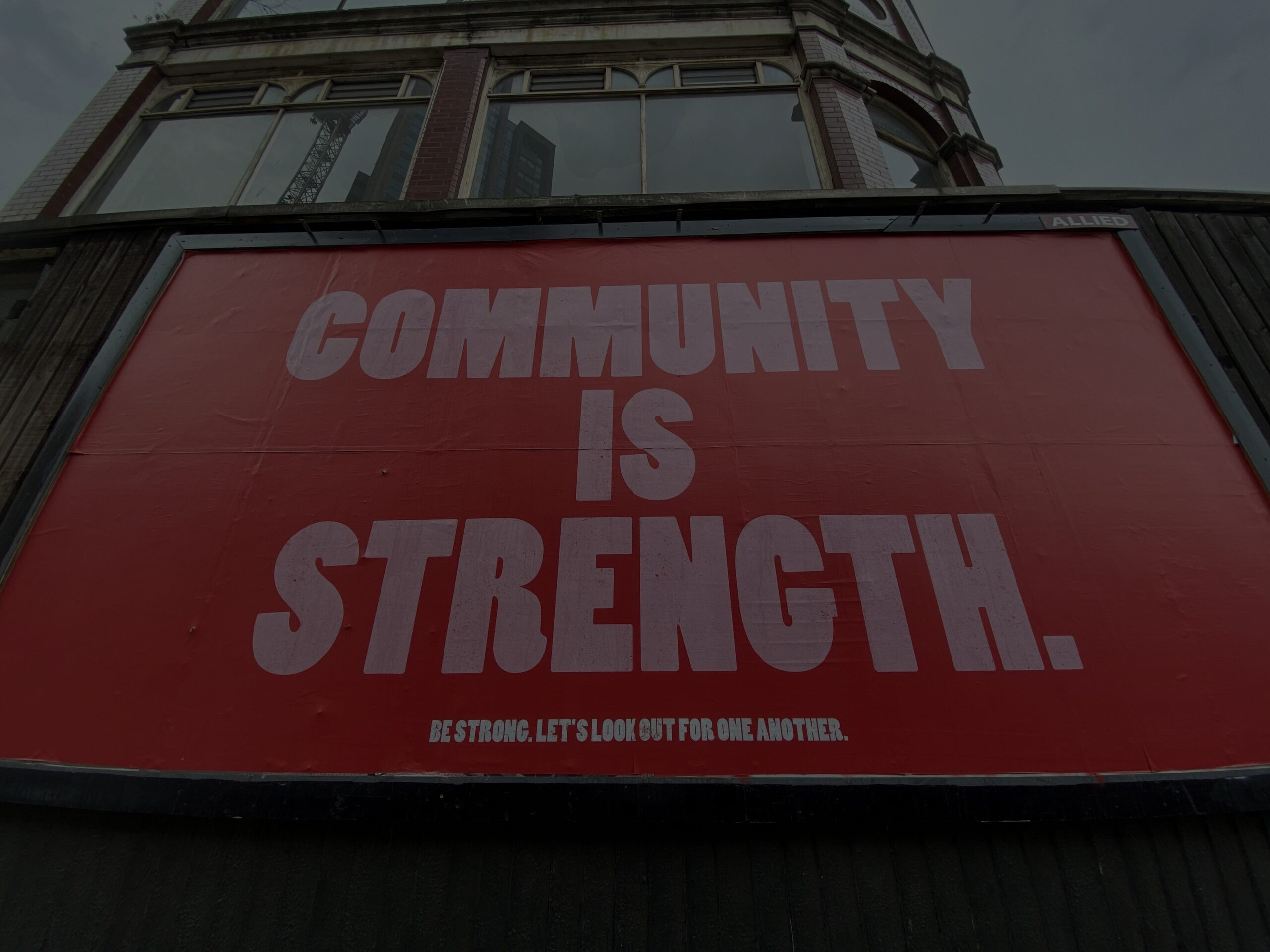Proposal writing isn’t just about answering questions—it’s about connecting with the client. A proposal demonstrating local understanding is far more compelling than a generic, boilerplate response.
💡 The secret? Community knowledge.
By weaving insights about who the community is, what they need, and how your solution impacts them, you transform your proposal into a powerful narrative that grabs attention and increases your chances of winning.
Here’s how to use the 5 W’s + H framework to make your proposals stand out.
Who: Who is the community?
📊 Know your audience. Use demographic data to identify key groups, vulnerabilities, and specific needs. Understanding who benefits from your proposal allows you to personalize your response and make it more persuasive.
🔹 📊 Example: If your proposal focuses on Medicaid behavioral health services, analyze the prevalence of mental health conditions in the target population and demonstrate how your solution improves access and outcomes.
Instead of broadly stating that your program serves Medicaid members, use local data to show a deep understanding of the community:
🧠 “In XYZ County, 58% of Medicaid beneficiaries diagnosed with serious mental illness (SMI) or substance use disorder (SUD) face barriers to care due to provider shortages, transportation issues, and stigma. Of this group, 42% have had at least one avoidable emergency department visit in the past year, driving up costs and worsening long-term health outcomes. Our solution establishes a network of integrated behavioral health clinics, expands telehealth options, and deploys community health workers to provide culturally competent outreach.
By addressing social determinants of health and increasing treatment adherence, we aim to reduce crisis-driven ER visits by 25% and improve long-term engagement in behavioral health services.”
This data-driven approach not only proves your knowledge of the community but also strengthens your proposal by showing measurable, real-world impact on Medicaid beneficiaries. 🚀
What: What does the community have to do with my proposal?
🎯 Everything! The community is the reason for the RFP. Knowing its values, priorities, and challenges gives your proposal depth and credibility.
✅ Mention local organizations, initiatives, and stakeholders
✅ Align your solution with community needs
✅ Show the long-term impact of your proposal
🔹 Example: If submitting an infrastructure proposal, highlight how your project improves traffic flow, enhances public safety, and supports economic growth.
📊 “In XYZ City, traffic congestion has risen by 38% over the past decade, costing commuters an average of 78 hours per year in delays. Additionally, outdated roads and pedestrian infrastructure have led to a 27% increase in traffic-related accidents. Our proposed roadway expansion and smart traffic signal system will reduce commute times by 25%, improve pedestrian safety, and increase access to local businesses—supporting economic growth and sustainability.”
By connecting local data to project impact, the proposal demonstrates measurable benefits, making it more compelling and actionable. 🚦
When: When should you include community knowledge?
🔍 Strategically. While staying focused on the RFP, sprinkle in local insights where it strengthens your response.
📞 Pro tip: Connect with community leaders to gather insider knowledge that makes your proposal more authentic.
🔹 Example: In a proposal for a workforce development program, highlight how local unemployment trends, industry gaps, and demographic workforce data align with your training solutions.
📊 In XYZ City, the unemployment rate for young adults (ages 18-24) is 14%, nearly double the citywide average of 7.2%. Additionally, local employers in manufacturing and healthcare report a 22% gap between available jobs and skilled workers, limiting economic growth. Without targeted workforce development, these industries risk continued labor shortages, and young workers face long-term employment barriers.
Aligning with the city’s Economic Development Plan and engaging key stakeholders, this initiative will reduce youth unemployment, fill critical job vacancies, and create sustainable career pathways—driving long-term economic growth and stability for the community. 💼🚀
Where: Where should community insights go?
📌 Throughout your proposal! Some key places include:
- Problem statements – Define local challenges
- Solution sections – Showcase tailored impact
- Case studies & testimonials – Provide real-world proof
Example: In a Medicaid RFP, reference local behavioral health data and how your program improves access to mental health services.
Instead of broadly stating that your solution enhances behavioral health care, use localized data to make a compelling case:
📊 “In XYZ County, over 40% of Medicaid beneficiaries diagnosed with depression and anxiety do not receive consistent behavioral health treatment due to provider shortages and lack of care coordination. Our integrated behavioral health program leverages telehealth, peer support specialists, and community-based interventions to increase access to services by 30%, reducing emergency room visits for mental health crises by an estimated 18% within the first year.”
By incorporating specific statistics and measurable outcomes, your proposal becomes more persuasive and demonstrates the direct impact of your solution on Medicaid beneficiaries. 🚀
Why: Why does community knowledge matter?
💡 It builds credibility. Clients want evidence that your solution is right for their community. By integrating local insights, you show that your organization:
✔️ Understands the client’s needs
✔️ Offers targeted, data-backed solutions
✔️ Stands out from competitors
🔹 Example: Instead of using generic language about workforce development, personalize your response with real community data to show measurable impact.
📊 In ABC City, 65% of small businesses struggle to find qualified workers, and the local unemployment rate for individuals without a college degree is 10.8%—nearly double the state average. Our proposed Workforce Training and Job Placement Initiative directly addresses these challenges by equipping job seekers with industry-recognized certifications and connecting them with ABC City’s growing small business sector.
This demonstrates your understanding of ABC Economic Development Council’s 5-Year Growth Plan, and ensures that your solution meets authentic community needs while supporting long-term economic stability.
How: How does community knowledge help you win?
📢 It makes your proposal memorable. Evaluators review dozens of submissions—most filled with technical jargon. A well-researched, community-focused proposal grabs attention and resonates.
💡 Think like the reviewer. If your proposal speaks to their world, they’ll give it a closer look.
🔹 Example: If you’re writing a proposal for a transportation project, include local traffic data and explain how your solution eases congestion.
📊 In XYZ City, traffic congestion has increased by 32% over the past decade, costing commuters an average of 70 extra hours in delays each year. Additionally, public transit usage has declined by 18% due to outdated infrastructure and unreliable service, disproportionately impacting lower-income residents.
Weaving local traffic and transit data into our proposal and aligning with community priorities, we present a memorable, actionable, and directly responsive solution to the city’s transportation needs—ensuring it captures the attention of decision-makers. 🚦🚌
🚀 Community knowledge is the difference between blending in and winning big.


